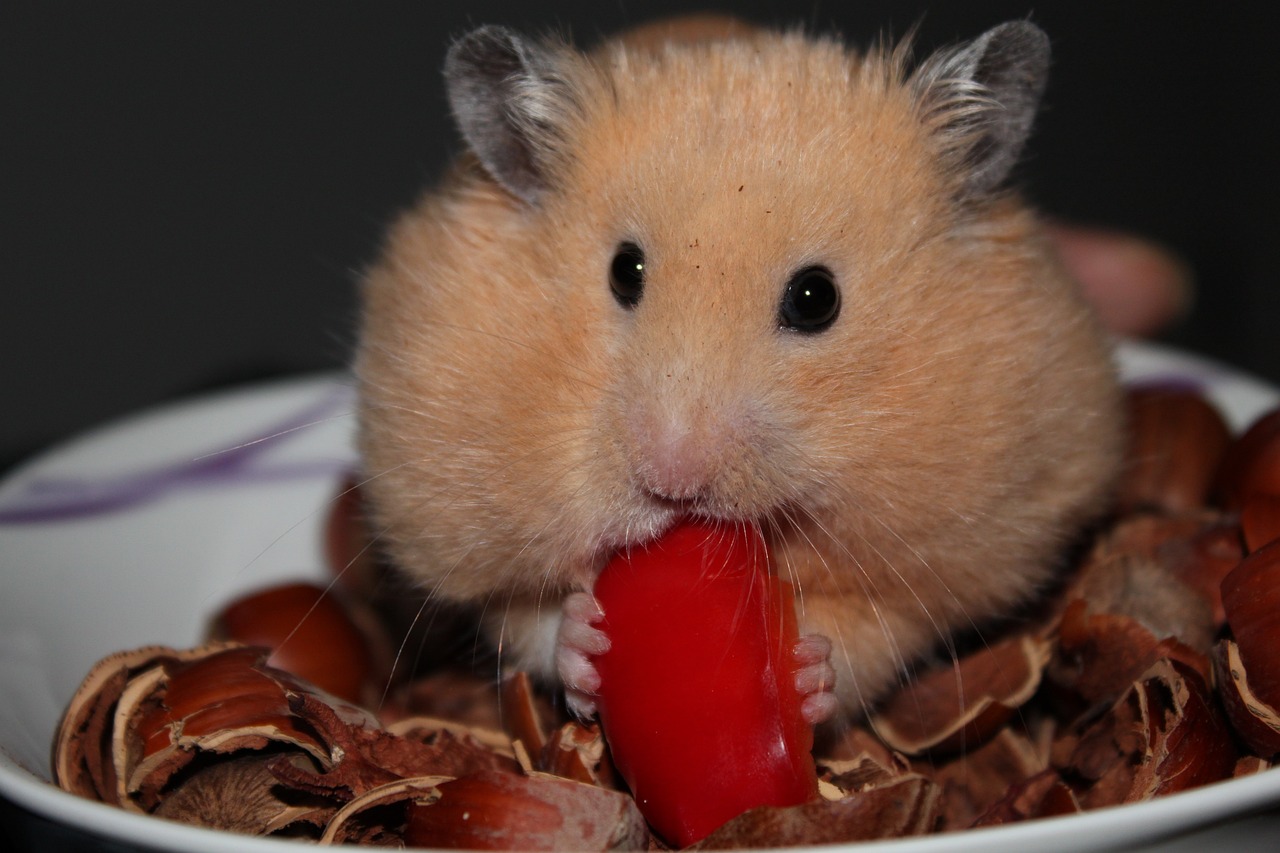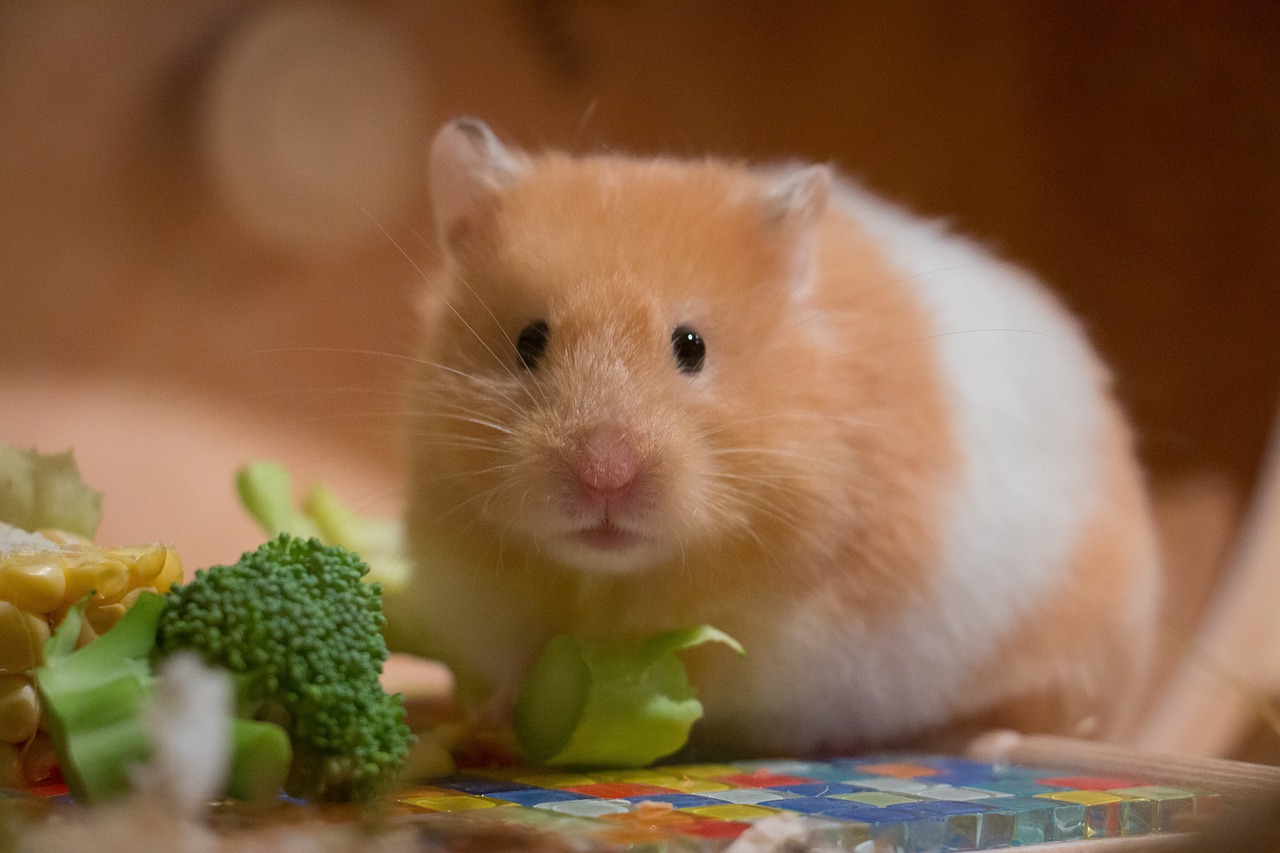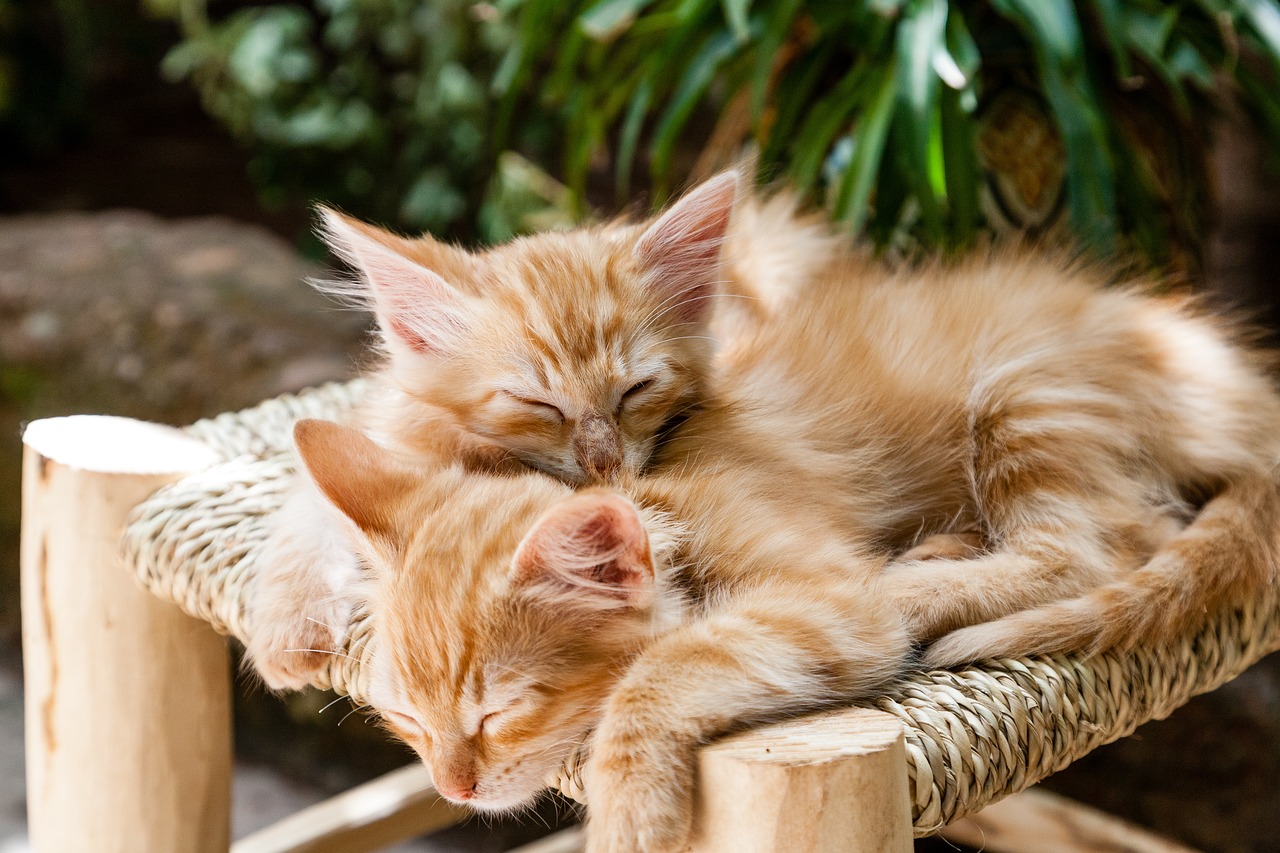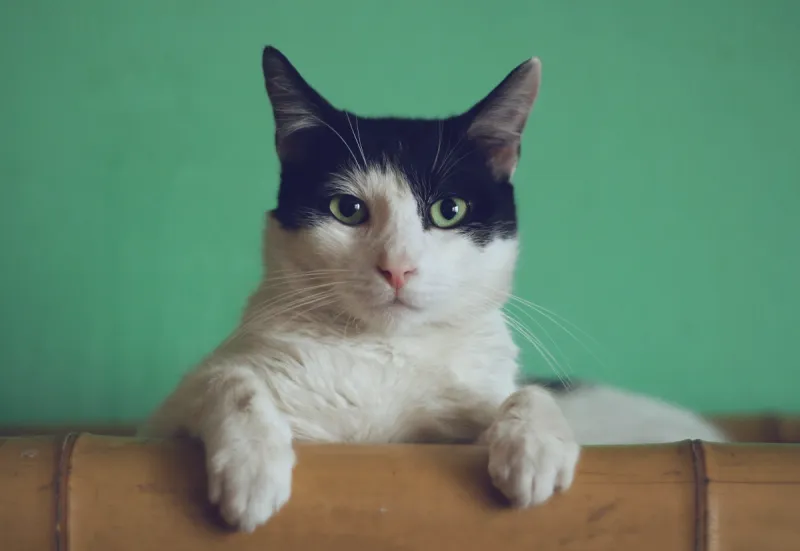
Last Updated on 2 years by Jenny Sovann
It is always intriguing to learn about our feline friends. For instance, their nose pad is as distinct as the human fingerprint. They have retractable claws that help them climb walls. This is probably the reason why they feel like some real-life “Spiderman” in our homes. There are over one hundred different domestic breeds all with a lifespan that ranges from twelve to sixteen years. They can spend sixteen hours a day sleeping. The more you learn about cats the more you learn there is no limit to amazing facts about them.
Despite forming close bonds with us, cats are independent creatures and may not rely on us the same way dogs do. This is probably one of the reasons why we may miss catching the signs of separation anxiety in cats. In truth, separation anxiety is a common concern, not only in cats but also dogs. When separated from their owners, cats show signs that portray their general comfort. “How do I know if my cat has separation anxiety?”, you may ask. Strap on, and let’s probe the question in more detail.
Behavioral Signs
Cats that are suffering from separation anxiety will display a variety of behavioral signs. Your feline friend may meow and yowl excessively. These vocalizations may even be termed as annoying. They may even step it up further with destructive behavior. Your cat may scratch, chew or claw on your furniture and windows. This will be followed up by aggression towards people or other animals. Sadly, most of these signs may be mistaken for feral cats so it’s hard for people to notice a domesticated cat acting up.
When it comes to grooming, the feline friend may tend to do it. The grooming may be so intense they even pull out their own fur. This self-mutilation coupled with the loss of appetite can be considered serious behavioral signs as they affect the health of the cat. Your feline friend may also hide or cower more. This is heartbreaking because that is a sign that they are feeling threatened. The cat will also exhibit signs of restlessness, pacing around the house and showing up everywhere you are. All these signs just show how distressed a cat may be when they are afraid, stressed, or feel anxious due to separation from its owners.
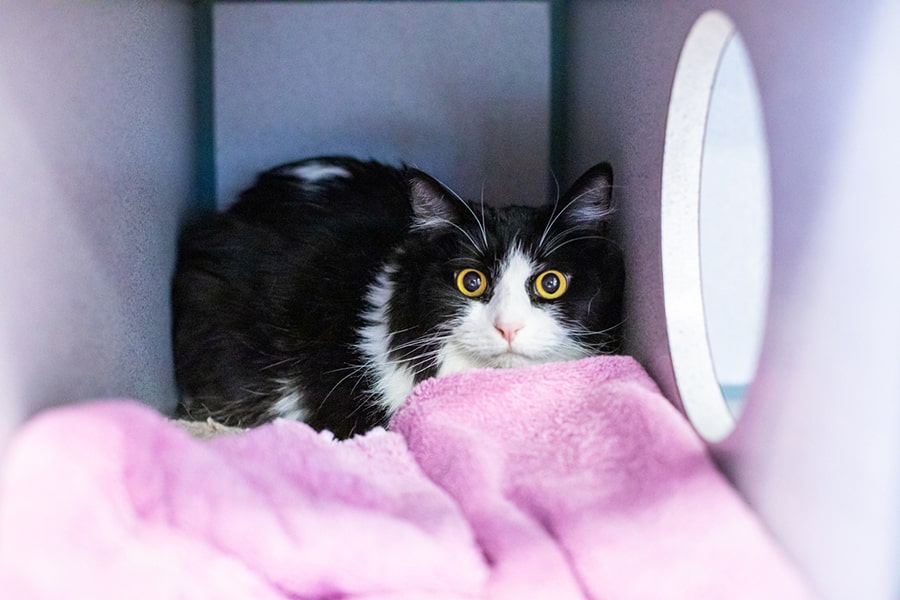
Physical Signs
If you thought that was all for the signs of separation anxiety in cats, then you thought wrong. The behavioral signs are sad and may be overlooked most of the time, but the physical signs are just shocking to anybody. One of the physical signs cats that are anxious show is excessive shedding. Cats usually shed once or twice a year, but separation anxiety-filled cats will shed all the time. They may also drool excessively, making you not only clean up fur but also saliva. Some cat owners may miss catching on sooner making it all the more important to observe your cat.
There are also other signs like pupil dilation. This is where the opening center of their iris grows bigger to let in more light. The stimulus this time around is fear or anxiousness. Displaying changes in weight, the feline friend may change their eating habits and levels of activity. Excessive shedding may lead to hair loss or bald patches. Your cat may also have sweaty paws and an increased heart rate or respiratory rate. Sadly, the feline friend will also have diarrhea and vomit more frequently. Physical signs affect the general well-being of the cat, it is important that they are not overlooked.
Causes Of Separation Anxiety
Rather than just looking at the symptoms it is important that we also establish the cause of separation anxiety in cats. For instance, a lack of socialization is one of the reasons cats may face separation anxiety. Kittens that were not properly socialized become anxious when left alone. When your cat also becomes overly attached to you, they may be stressed with a lack of your presence. It is cute knowing your cat has human attachment, but as it turns out, it is dangerous for their health in excess.
Separation anxiety can also be caused by certain medical conditions. Hyperthyroidism or gastrointestinal disorders can cause a cat to exhibit behavioral changes in cats. When cats are exposed to a new environment, it may be too much to bear and they may also end up stressed. Feline cats are also creatures of habit. A change in their routine, whether it is feeding or playing, can make them anxious. Cats can also get separation anxiety from a lack of exercise or past experiences. Separation anxiety can manifest in many ways, it is important to work with professionals to determine the root cause.
Treatment Options
It is unsettling knowing that your cat is suffering from separation anxiety. There are several treatment techniques that can be used to make your feline companion become better. You could start off with behavioral therapy. This is whereby the root cause is determined and a behavior modification plan is implemented to reduce the anxiety. Medication is also available, such as anti-anxiety medications like benzodiazepines that can be prescribed by veterinarians. Selective serotonin reuptake inhibitors can also be prescribed.
When it comes to supplements, L-theanine, valerian root and chamomile can be given to the cat to help with easing the anxiety. Pheromone is one thing that affects behaviors in cats. Pheromone therapy will help with calming the cats to reduce anxiety. Apart from that, exercise and engagement with toys can help with calming your feline companion. You can also try alternative medicine like acupuncture. As you can see, there are many ways to get your cat back healthy but it is important to always consult a veterinarian. This way, you can get the best of treatments tailored for your feline friend.
Prevention
Prevention will always be better than seeking treatment. There are several ways to ensure that your feline friend is not likely to suffer from separation anxiety. Getting them well-socialized at a young age will reduce the odds of them suffering in adulthood. You will also have to ensure that your cat sticks to a consistent routine. This way, they will have a sense of security and predictability.
Among the many things you could do, you can also provide a safe environment. You can achieve this by providing them with plenty of hiding places, scratching posts and toys. This way, they can get the adequate exercise they require hence promoting good health. To prevent human attachment, gradually increase the time you spend away from your cat. Also avoid overstimulation by loud noises, sudden movements or excess playtimes. Importantly, regular veterinary checkups can help identify potential health risks early.
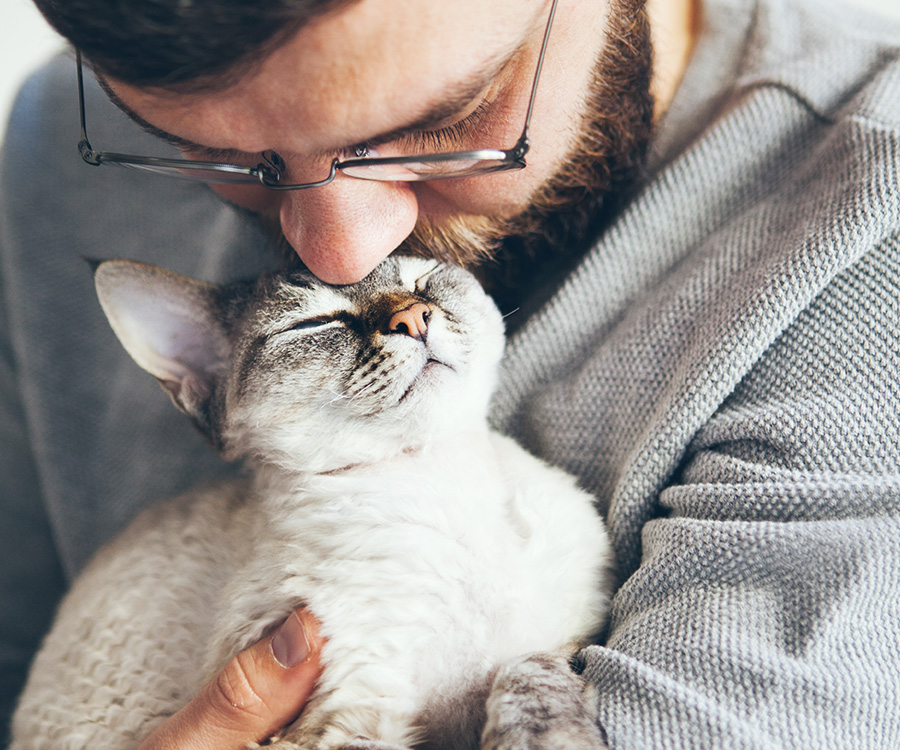
Frequently Asked Questions
How do I tell if my cat has separation anxiety?
Your cat may show some signs like excessive meowing, destructive behavior, pacing, and restlessness among other things. If you notice any of these signs it is important to consult your veterinarian.
How do you help a cat with separation anxiety?
A cat with separation anxiety may be overly attached to you. Gradually letting your cat get used to being by providing a destructive environment will help the cat learn to be alone. It is also important to consult a veterinarian to find a root cause.
How do you tell if your cat is securely attached?
A securely attached cat will be confident and comfortable in their environment. They will enjoy interacting with their owners and will relax being left alone. They will seek and engage their owner but overall, they are content.
How do you know if your cat missed you?
Your cat will show they missed you by vocalizations, purring, rubbing against your legs or nudging you to play with them. This increased attention-seeking behavior shows that they missed you.
Do cats worry about their owners?
Cats have been shown to worry about their owners’ well-being. By making vocalizations to alert people of impending dangers or having separation anxiety, cats have shown that they do indeed care about their owners.
Conclusion
In conclusion, it is important to prevent separation anxiety in your cat by monitoring them. You should also be on the lookout for any signs of separation anxiety. Behavioral problems and physical problems will generally have a negative impact on the cat’s well-being. Noticing the signs of separation anxiety in cats like excessive shedding or overly aggressiveness, it is responsible to take the necessary steps to address them to ensure your cat feels more comfortable. By ensuring that you are taking the steps necessary to address separation anxiety, you are making your feline friends live happier and healthy life.

